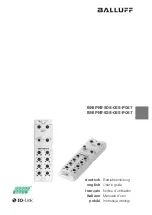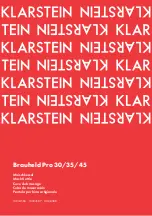
Appendix C
Common Questions
©
National Instruments Corporation
C-7
CONVERT* controls the interchannel delay, which is determined by the
following equality:
This method allows multiple channels to be sampled relatively quickly in
relationship to the overall scan rate, providing a nearly simultaneous effect
with a fixed delay between channels.
Timing and Digital I/O
What types of triggering can be hardware-implemented on my device?
Digital triggering and analog triggering are both hardware supported.
What added functionality does the DAQ-STC make possible in
contrast to the Am9513?
The DAQ-STC incorporates much more than just 10 Am9513-style
counters within one chip. In fact, the DAQ-STC has the complexity of more
than 24 chips. The DAQ-STC makes possible PFI lines, analog triggering,
selectable logic level, and frequency shift keying. The DAQ-STC also
makes buffered operations possible, such as direct up/down control, single
or pulse train generation, equivalent time sampling, buffered period, and
buffered semiperiod measurement.
What is the difference in timebases between the Am9513 counter/timer
and the DAQ-STC?
The DAQ-STC-based MIO devices have a 20 MHz timebase.
The Am9513-based MIO devices have a 1 or 5 MHz timebase.
Do the counter/timer applications that I previously wrote work with
the DAQ-STC?
If you are using NI-DAQ with LabVIEW, some of your applications drawn
using the CTR VIs do still run. However, there are many differences in the
counters between the E Series and other devices. The counter numbers are
different, timebase selections are different, and the DAQ-STC counters are
24-bit counters (unlike the 16-bit counters on devices without the
DAQ-STC).
If you are using NI-DAQ or Measurement Studio, the counter/timer
applications that you wrote previously do not work with the DAQ-STC.
1
interchannel delay
--------------------------------------------
sampling rate
=
















































